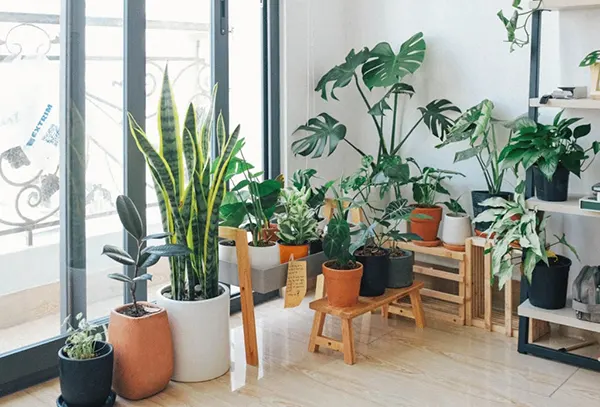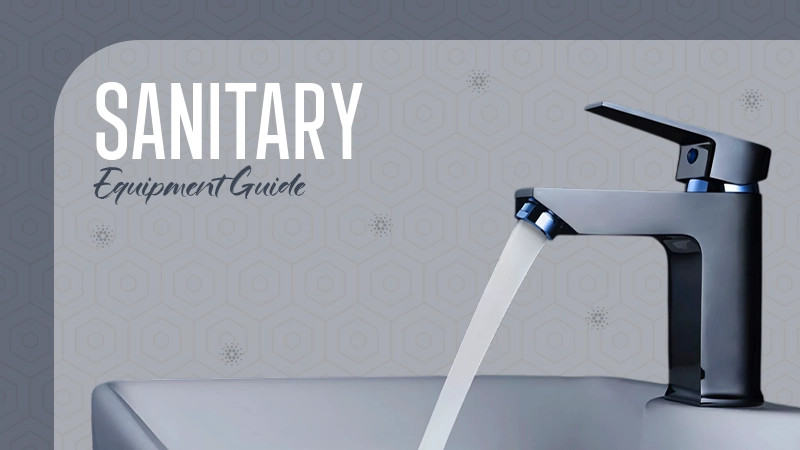
Who doesn’t love indoor plants? They’re beautiful and they make the air better. Or do they? Well… It’s alive. It’s green. It must be filtering something, right? Plus, everyone always talks about how plants purify the air.
The truth is not so simple. Some of the most popular houseplants do nothing for air quality. They sit and look pretty, that’s all. It’s definitely still something, but if you’re counting on them to purify something, you may be disappointed.
On the other hand, some improve air quality, but not really in the way most blogs describe it. A single fern won’t make a difference, and even if you have more than one, you’ll still need the conditions to be just right.
So let’s sort out the ‘hype’ from the ‘science’ and make sure your home environment is actually optimized to improve air quality.
KEY TAKEAWAYS
- Open doors and air leaks are major sources of stale air.
- Many popular houseplants are excellent for decoration, but do not provide scientifically proven air purification benefits.
- Some plants increase indoor humidity through transpiration.
- The aloe vera plant may indicate poor air quality by developing brown spots on its leaves.
What Do Doors Have To Do With Air Quality
Well, turns out – more than I can think!
Even plants that have the ability to clean the air and eliminate toxic pollutants only work well if the indoor space is set up the right way.
This shows that there has to be enough airflow and stable humidity. You should also seal any areas that like around windows that leak air, and, even more important, around doors.
Doors that are not sealed properly or are made from poor materials, or have a poorly built door swap area (under-door gap), can let outdoor dust, air, allergens, and humidity inside – this straight-up cancels out the benefits your indoor plants provide.
A well-fitted entry door will provide your plants a much better opportunity at doing their job than some old, drafty mess. Just make sure it is made by a company that specializes in doors, not one that sells doors as one of many items.
Specialized door-focused firms, such as Shank Door LLC, will provide you with a better quality product. Why? It is more likely that a Shank entry door will be of superior quality compared to a Walmart entry door.
Indoor Plants That Improve Air Quality
Once you have received your foundation covered, you can move on to the plants that can be used in improving air quality.
Let’s go over a few candidates:
Snake Plant (Sansevieria)
The snake plant absorbs chemicals including formaldehyde and benzene and, in doing so, filters the air in your home. It also continues to release oxygen at night, which is useful in any vase, but especially in bedrooms.
It does not need a lot of light and water, so most people can keep it alive.
Spider Plant (Chlorophytum Comosum)
The spider plant minimizes substances like carbon monoxide and xylene from the air. It also forms a lot of moisture through its leaves, which makes the filtering process work even better.
On top of that, it’s 100% safe for kids and pets. It will perform great in most indoor spaces because it needs indirect light – you can basically put it almost anywhere.
Peace Lily (Spathiphyllum)
The peace lily is able to filter several household chemicals, including those you would find in cleaners and paint. It also increases humidity, which can be very helpful when the air indoors is too dry.
It has white flowers and dark green leaves, so it is absolutely stunning, but it is toxic for pets. Keep that in mind when it comes to placement.
Aloe Vera
This one is on the top in all kinds of ways,including absorbing chemicals like benzene and formaldehyde from the air. What’s particularly cool about it is that it shows physical symptoms when the air quality is poor. So, in case you notice brown spots on the leaves, it means your air is not that great.
It requires plenty of sunlight and doesn’t depend on frequent watering.
Areca Palm
The areca palm filters indoor chemicals like toluene and xylene. It also increases humidity as it releases moisture into the air. It grows best in bright spaces, hence needs regular watering.
When it’s quite healthy, it makes both the air and the room more comfortable.
Popular Plants That Don’t Really Do Anything for Indoor Air Quality
Most houseplants are selected for the way they look and how simple they are to maintain, but you may hear sellers telling you that whichever one you choose also purifies your air.
Well, some don’t.
Monstera (Monstera Deliciosa)
These are absolutely majestic.
Monstera are one of the most recognizable indoor plants, and they are absolutely stunning. But even though they grow fast and they are as green as a plant can be, they do nothing for the air quality. It is there for decor and that’s it.
Monstera like indirect, bright light, and they don’t need a lot of attention, so it’s no wonder they are so popular.
ZZ Plant (Zamioculcas Zamiifolia)
The ZZ plant is nearly indestructible. It does absolutely fine in low light, with little water, and it grows slowly. Feng shui believes it attracts money and happiness to your home, but what about air quality?
It does nothing for it.
But hey, it is called the money plant in Malaysia, so, although it will not clean the air, it might help you win a jackpot, you never know.
Philodendron (all varieties)
Philodendrons are renowned for being low-maintenance, and they come in all kinds of shapes and sizes. But there’s no scientific evidence that it filters anything. They do not move enough air through their leaves to make a difference.
But they are kind of beautiful and excellent for beginners, so there’s that.
Conclusion
You might not walk into a garden center thinking, “Hmm, which of these plants is scientifically proven to filter formaldehyde?”
You see a plant, consider it as pretty, and assume it is going to help the air because it’s a plant.
Well, sorry to burst your bubble, but it does not work quite like that. Still, if you want plants that actually do something good for the air, there are a decent amount of options, just not as many as you may have thought.
Simply make sure the rest of your home is not working against your plant army – with your doors being the prime culprit.
Do I need a certain number of air-purifying plants to see a difference?
Yes. Scientific research shows that you would need an impractically large number of plants to have a significant impact on air quality.
Which airborne chemicals best target plants?
The most common toxins that plants absorb are formaldehyde and benzene.
How can I check if air is leaking from my door?
You can do a simple “light test” or “paper test” by holding the door shut on a piece of paper; if you can pull it out easily, the seal is bad.
Is it better to buy air purifiers than plants for IAQ?
Air purifiers, especially those with HEPA filters, are significantly more effective and efficient.



